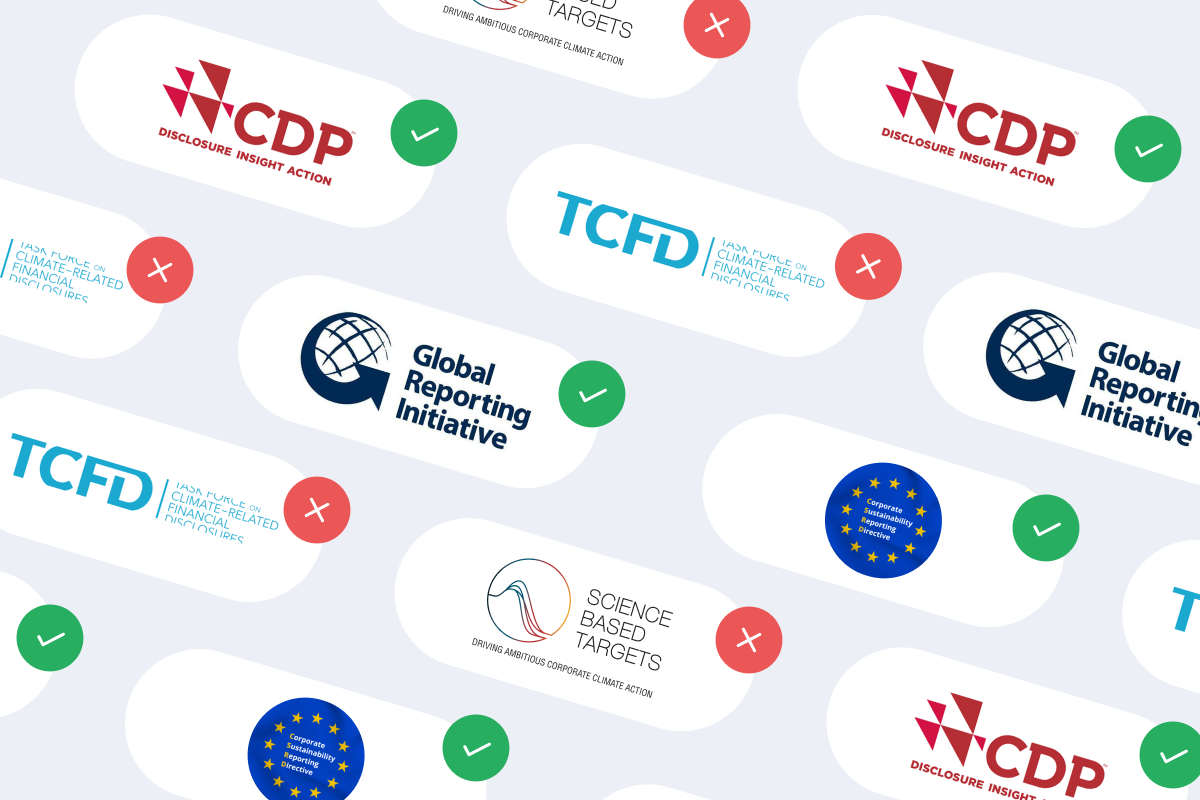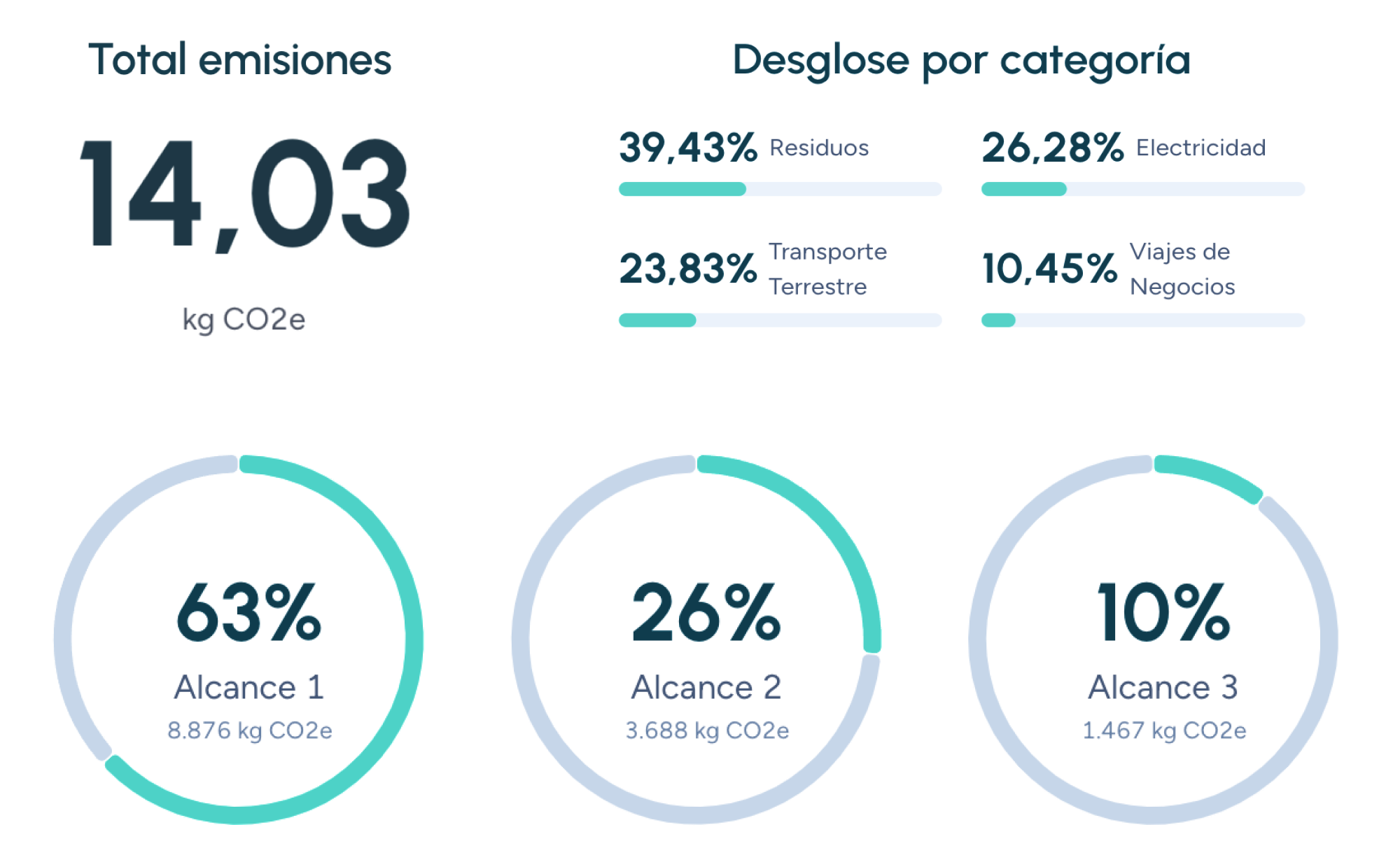C
Carbon footprint verification
The verification and certification of the carbon footprint are crucial steps in the greenhouse gas (GHG) emissions management process. These steps ensure credibility, transparency, and accuracy in reported data—key factors for building stakeholder trust and complying with regulatory requirements.
Why are carbon footprint verification and certification important?
The verification and certification of the carbon footprint are essential for several reasons:
Ensuring data quality
The accuracy of a carbon footprint calculation depends on the quality of the data used. Verification and certification help identify potential errors, omissions, or inconsistencies in data collection, analysis, and reporting, ensuring that the carbon footprint accurately reflects an organization’s emissions.
Building stakeholder trust
A report verified by an independent third party enhances credibility among investors, customers, regulators, and the general public. Verification demonstrates a company’s commitment to transparency and accountability in sustainability reporting.
Complying with legal and regulatory requirements
In some countries and industries, carbon footprint verification is a legal or regulatory requirement. For example, Regulation (EU) 2018/1999, known as the EU Taxonomy, mandates sustainability reporting—including carbon footprint data—for certain companies.
Identifying opportunities for improvement
The verification and certification process can highlight areas where data management, carbon footprint calculation accuracy, and emission reduction measures can be improved.
Stages of the review and verification process
The carbon footprint verification and certification process typically includes the following stages:
1. Internal review
Before submitting a carbon footprint report for external verification, an internal review is essential. This step involves checking data, methodologies, calculations, and report narratives to identify and correct any errors or inconsistencies before external assessment.
2. Selecting a verifier
It is critical to choose an independent, accredited verifier with technical expertise in carbon footprint assessment. The verifier must be completely independent from the reporting organization to ensure objectivity and impartiality.
3. Verification process
The verification process includes:
- Evaluating the carbon footprint report.
- Reviewing the methodologies used.
- Verifying data accuracy and calculations.
- Assessing report integrity and transparency.
The verifier may request additional information or clarifications during this process.
4. Issuance of the verification report
Upon completion, the verifier issues a verification report summarizing the findings and conclusions. The report may include:
- A verification statement
- A limited review
- An adverse opinion, depending on the level of confidence in the reported information.
Standards and methodologies
Several international standards and methodologies guide the preparation and verification of carbon footprint reports, including:
- Greenhouse Gas (GHG) Protocol: A widely used standard for GHG inventories, offering guidelines for GHG quantification and sustainability reporting.
- ISO 14064: Defines requirements for GHG quantification, monitoring, and reporting at the organizational level and establishes verification and validation standards.
Best practices for carbon footprint verification and certification
To ensure an effective verification and certification process, the following best practices are recommended:
Advance planning
Define objectives, scope, resources, and timelines for the verification process in advance.
Comprehensive documentation
Maintain detailed records of all data, methodologies, calculations, and assumptions used in the carbon footprint report to facilitate verification.
Effective communication
Establish clear and efficient communication between the internal team responsible for the report and the external verifier to resolve any questions or information requests.
Continuous improvement
Treat the carbon footprint verification and certification process as an opportunity for continuous improvement. Organizations should analyze and implement verifier recommendations to enhance their carbon management strategies.
Ensuring the credibility, accuracy, and transparency of carbon footprint reporting is essential for building stakeholder trust, complying with regulations, and driving sustainability efforts forward.
Companies that trust us

Carbon gap analysis
Learn what carbon gaps are and how to analyze them to reach your sustainability goals. Understanding the difference between your current emissions and your climate targets is vital.
Carbon intensity (CI)
Carbon intensity is a key indicator for measuring CO₂ emissions per unit of activity, essential in the fight against climate change and carbon footprint management.
Carbon negative
The concept of carbon negative is essential in the fight against climate change, as it involves removing more greenhouse gas emissions from the atmosphere than are generated, actively contributing to corporate sustainability and global CO₂ reduction.
Guiding businesses towards net-zero emissions through AI-driven solutions.
© 2025 Manglai. All rights reserved
Política de Privacidad


